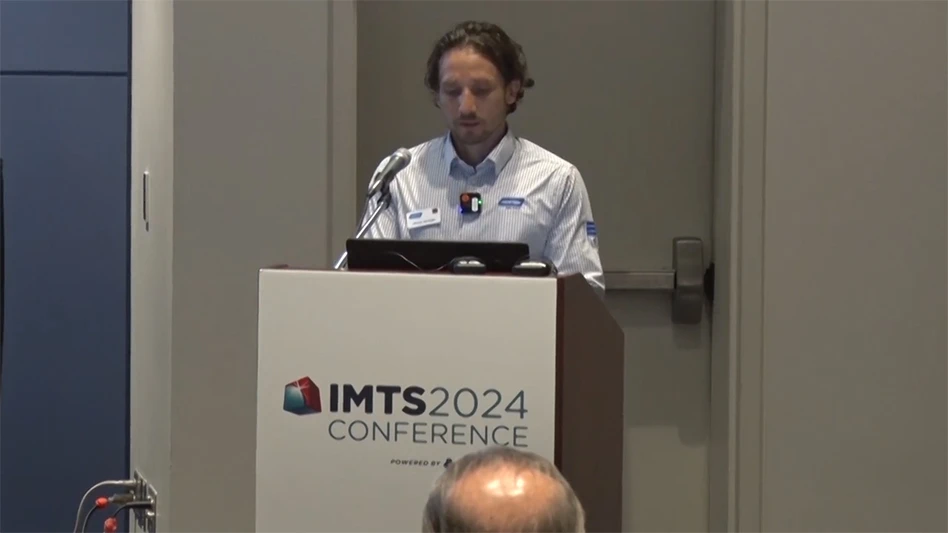
Engineers at Massachusetts Institute of Technology (MIT) can now predict droplet size distributions for paints and other thick fluids, including the likelihood of producing very big and very small droplets, based on viscoelasticity – also known as stickiness.
Past a certain stickiness, researchers found fluids will always exhibit the same relative range of droplet sizes. This information could optimize fluids for industrial applications –preventing defects in automotive paint jobs to fertilizing farm fields.
Lead author of a research paper on the topic, Bavand Keshavarz, is a graduate student in the lab of Gareth McKinley, School of Engineering Professor of Teaching Innovation at MIT. Co-authors include Eric Houze, John Moore, and Michael Koerner of Axalta Coating Systems, a Philadelphia, Pennsylvania-based manufacturer of paints for commercial vehicles.
Scientists studying how liquids fragment have typically focused on what are known as Newtonian fluids – thin, homogenous liquids such as water and oil with fine particles or long molecules such as polymers that would affect flow.
In the early 2000s, scientists derived a simple equation to describe how Newtonian fluids behave when atomized. But the equation fails to describe droplet sizes for more viscoelastic, non-Newtonian fluids such as saliva, blood, paint, and resins.

When sprayed or dropped, viscoelastic fluids created long ligaments, string-like projections that stretched then eventu- ally broke apart into droplets. The more viscoelastic fluids produced bumpier, more corrugated ligaments. Keshavarz hypothesized that the stickier a liquid is, the more it resists smoothing out as it forms a ligament.
To test the hypothesis, he squeezed a liquid between two plates, then quickly pulled them apart, pulling the liquid up and stretching it into a ligament before it separated into drops. Viscoelastic fluids exhibited bumpier ligaments, resembling beads on a string. The researchers measured the corrugations and found that, past a certain stickiness, the degree of a ligament’s bumpiness remained the same. Researchers found that no matter how sticky the fluid was, there was a maximum breadth in the distribution of drop sizes.
In other words, the researchers identified the broadest distribution of droplet sizes that any viscoelastic, non-Newtonian fluid can possibly exhibit when sprayed.
“Regardless of the type of experiment, or the kind of polymer or concentration, we see this universal distribution,” McKinley says. “If you’re spraying paint, the biggest drops tend to show up as defects. That’s one reason you care about droplet size distribution – You want to know how big the biggest drops will be, because a good paint job at the end of the day should be a perfectly smooth finish.”
The researchers’ results were published in October in the journal Physical Review Letters. This research was supported, in part, by the Dupont-MIT Alliance and Axalta Coating Systems.
MIT Non-Newtonian Fluid (NNF)Dynamics Research Group
Latest from EV Design & Manufacturing
- ArcelorMittal announces plans for electrical steel manufacturing facility in Alabama
- APEX web tool helps users to optimize machine performance
- Partnership to develop dry battery electrode coating expands
- GROB Systems to demonstrate power skiving technology at PMTS 2025
- Startup develops sustainable, nontoxic alternatives to battery manufacturing chemicals
- Learn what you need to comply with CMMC requirements
- Envisioning electric vehicle charging in motion
- There’s still time to register for this week’s manufacturing industry webinar!





